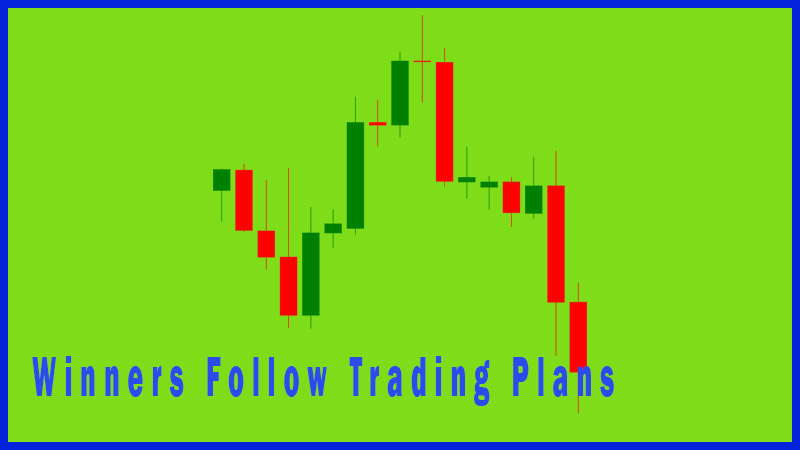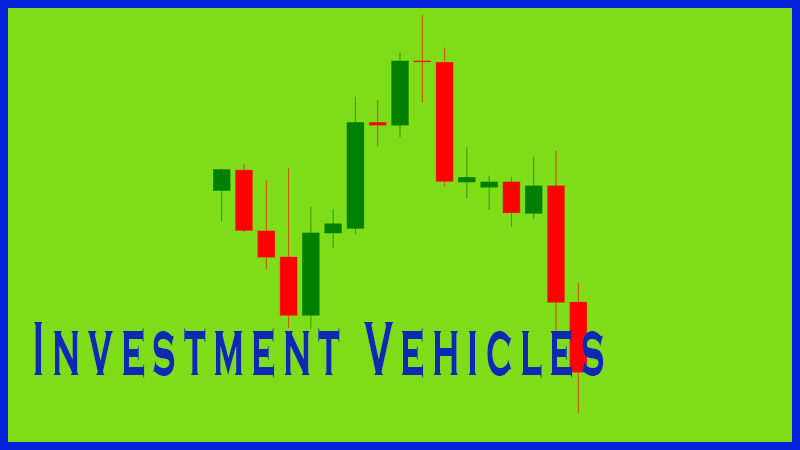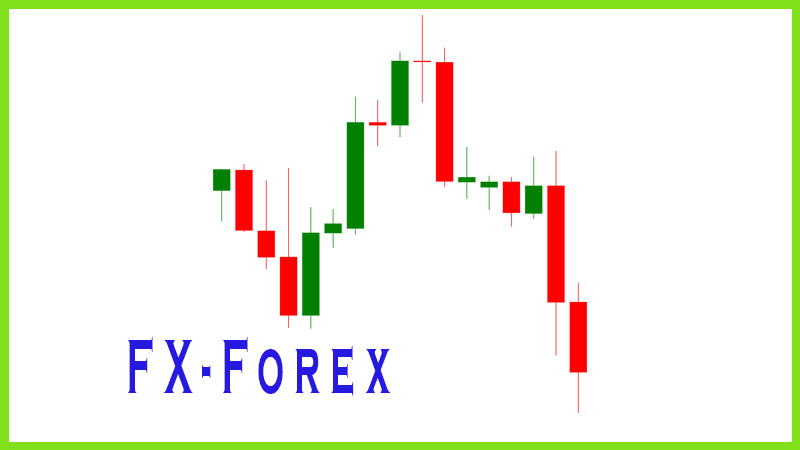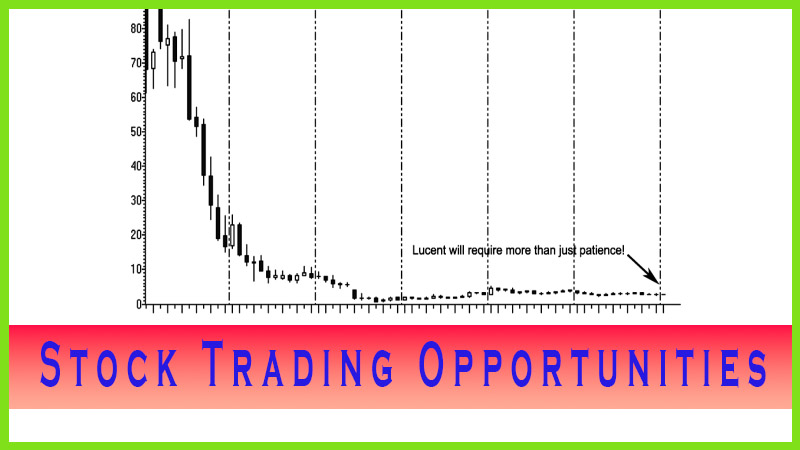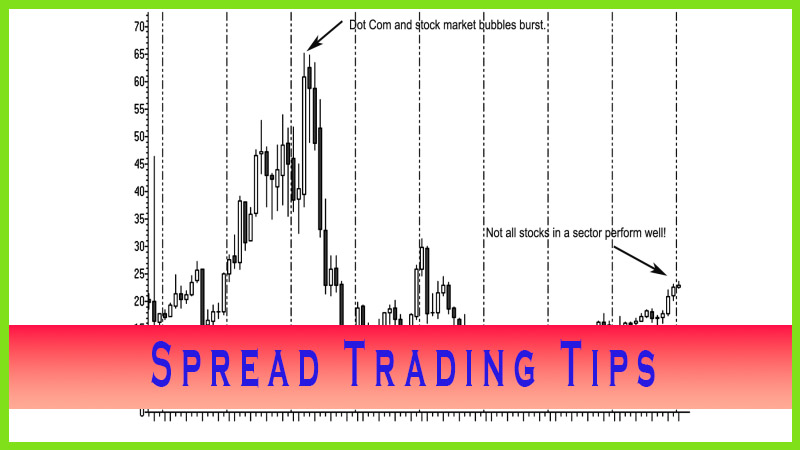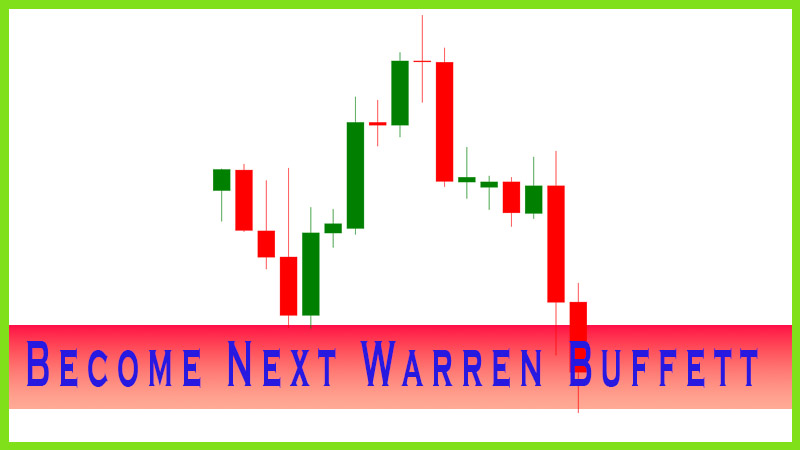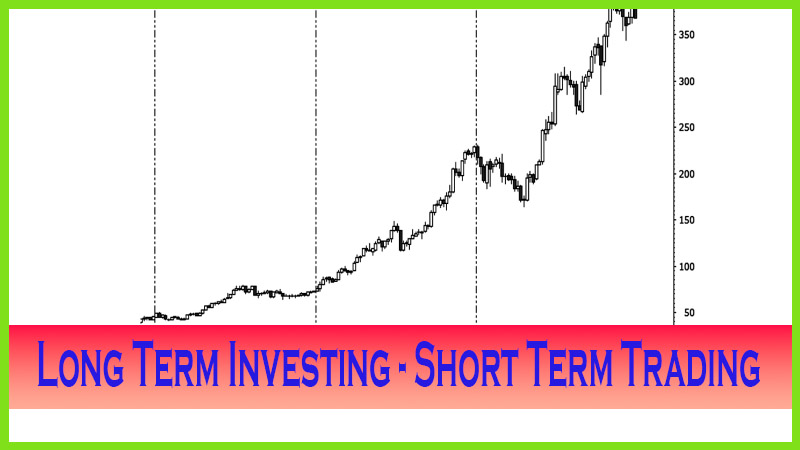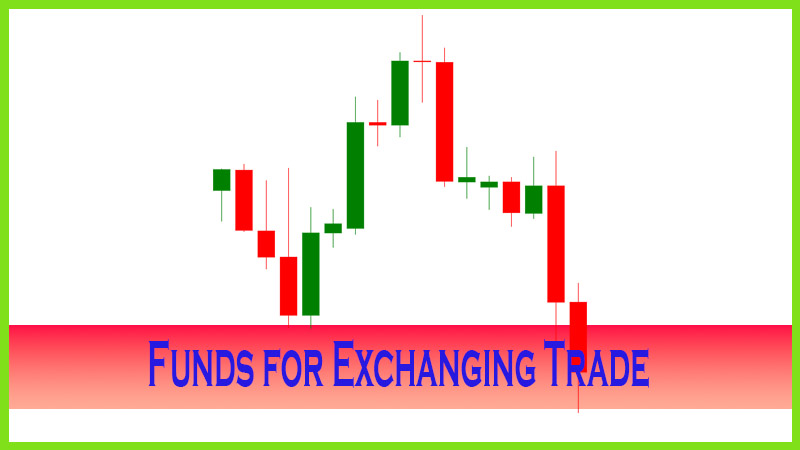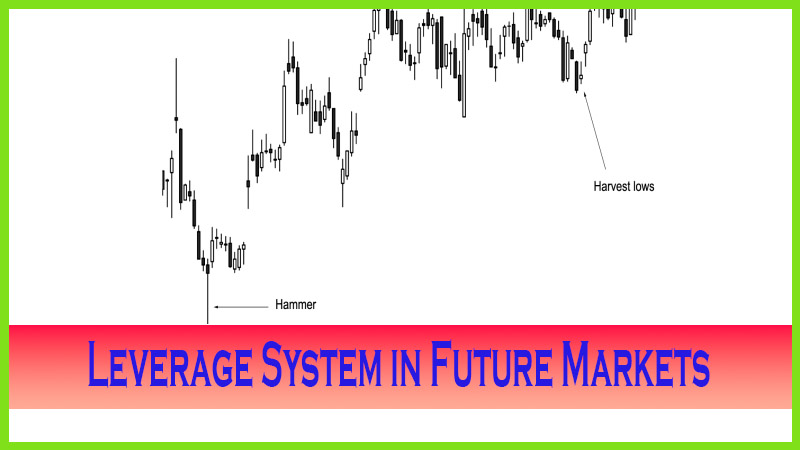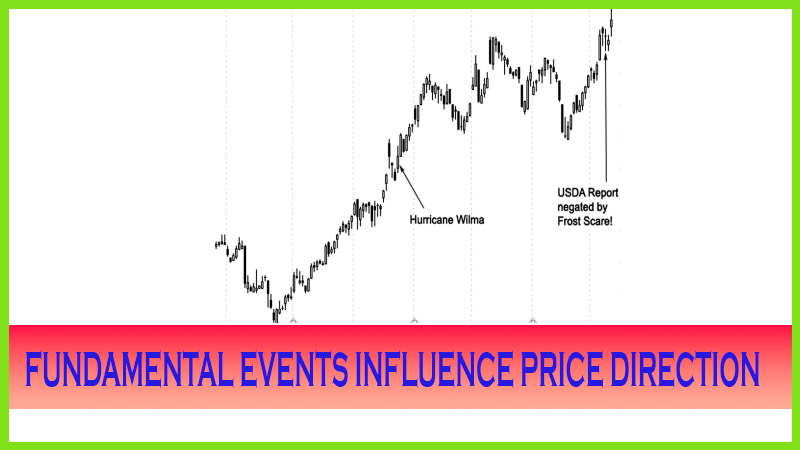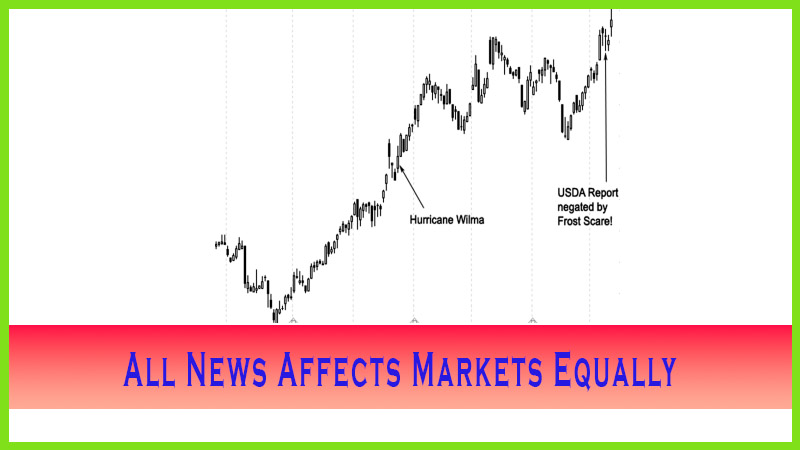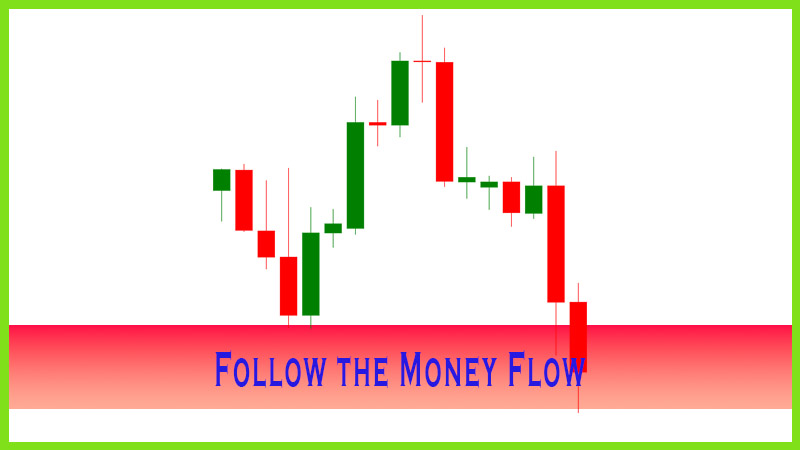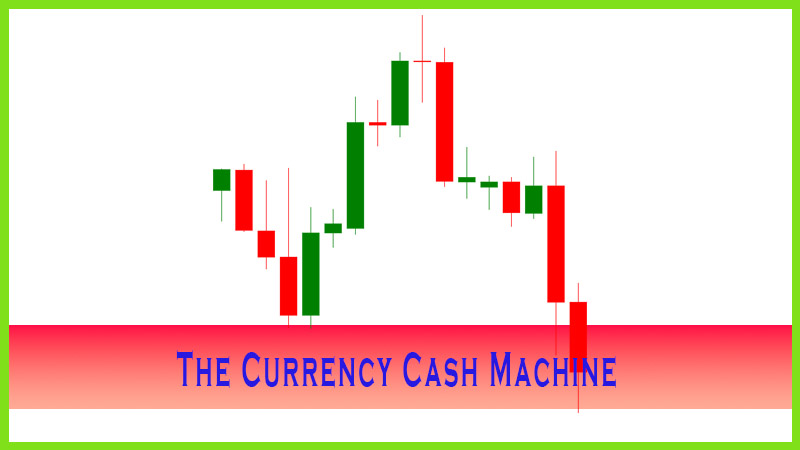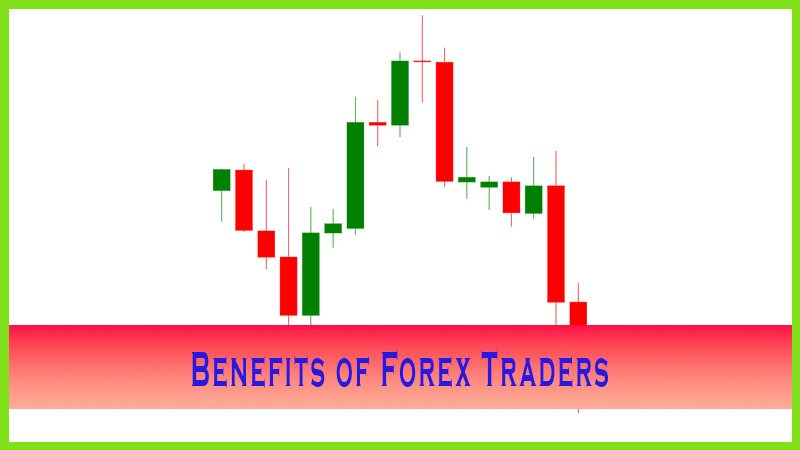Trading Triggers
START TRADING AS A BUSINESS, RISK PER TRADE, trade triggers stock, day trading triggers, trading entry triggers, Trading Vehicles, trading future
Course: [ The Candlestick and Pivot Point Trading Triggers : Chapter 1. Trading Vehicles, Stock, ETFs, Futures, and Forex ]
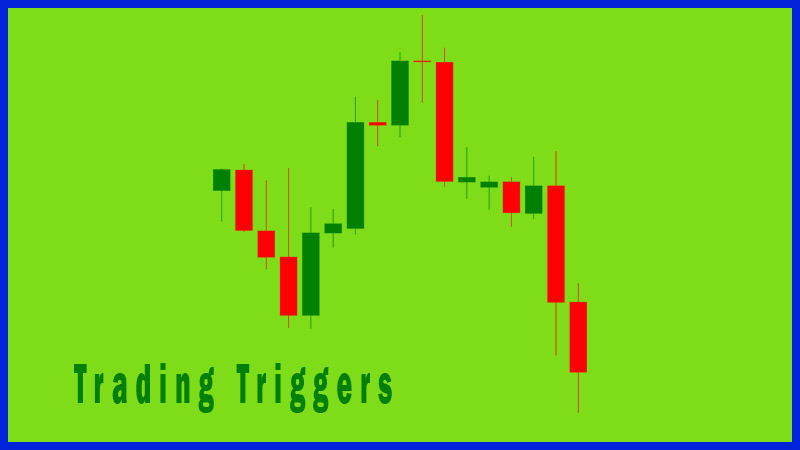
The purpose of this book is to take you to a new level of trading knowledge by giving detailed explanations of technical tools that will help you develop your own trading system so you can cultivate and extract money from the market, especially those traders who want high alpha (big returns) with reasonable standard deviation (volatility).
Trading Vehicles, Stock, ETFs, Futures, and Forex
Welcome
to Trading Triggers. If you are an active trader or a first time investor
looking for a trading method that suits your personality, then you have the
right book. Trading for a living is an amazing and yet risky business. There is
more to trading than buying and selling. There are often-missed but important
issues that many books do not mention, such as not only how to make money in
the market but also how to keep it and create a positive cash flow. The purpose
of this book is to take you to a new level of trading knowledge by giving
detailed explanations of technical tools that will help you develop your own
trading system so you can cultivate and extract money from the market,
especially those traders who want high alpha (big returns) with reasonable
standard deviation (volatility). I will explain some of the most obvious yet
simple concepts of how to interpret technical analysis and improve your
chart-reading skills so you can make money in the markets.
There are
two theories on how markets perform: efficient market theory and random walk
theory.
1. Efficient market theory lends to the belief that markets are always priced correctly because the current price reflects all factual information. If the markets are efficient, then no fundamental information will give an investor an edge in the market.
2. Random walk theory lends to the belief that price movements do not follow any pattern or trend and that past price behavior cannot be used to predict future price movements. In other words, the markets are completely unpredictable.
I fall in
the category of believing that history can and does repeat itself. People can
and do make money based on technical analysis, and I am here to help prove it.
IMPORTANCE OF A RULE-BASED APPROACH
You may
have heard of Jesse Livermore, who was immortalized by Edwin Lefevre’s book
Reminiscences of a Stock Operator (G. H. Doran, 1923; Wiley, 2006). Jesse was
considered one of the greatest speculators of his day. Many of his principles
and ideas are still used. His three key concepts of trading are (1) timing, (2)
risk management, and (3) emotional control.
This
quote from Richard Smitten’s Trade Like Jesse Livermore (Wiley, 2005, p. 70)
sticks with me because it is as true now as it ever was (keep in mind that
Jesse committed suicide in 1940, so this was stated nearly 70 years ago): “All
through time, people have basically acted the same way in the stock and
commodity markets as a result of greed, fear, ignorance, and hope: that is why
the formations and patterns recur on a constant basis. The patterns the traders
and technicians observe are simply the reflections of human emotional
behavior.”
Most
traders who are consistently profitable have learned to develop a rule-based
approach that doesn’t change. They have within their arsenal of trading tools,
definitive, recognizable, and frequently reoccurring patterns that can be used
to trade by a set of established trading rules. They can clearly define,
without guessing or using a vague approach, support and resistance levels and
what to do once prices reach those levels. Moreover, they have the ability to
clearly define their entry, stop-loss, or risk parameters and their profit
objectives in a consistent, repetitious fashion each time they place a trade.
This is what I do when trading my own account and what I have taught my son and
even my own father. My dad used to think trading commodities was like gambling
until I showed him a method. This is the same method that will be disclosed in
these pages.
It is
important for you to realize that it is the emotional balance that helps keep
you on the profitable side of the ledger. You must never anticipate what the
market might do, but rather wait for confirmation on your triggers.
Most
traders who are profitable are flexible as to the anticipated outcome that may
occur on each trade. Successful traders have the mindset to develop the
perspective that their trading business is to manage their money rather than to
predict the future. Successful traders can emotionally handle losing trades or
the negative trades that result from an error or trading equipment malfunction.
Remember that the business of trading for a living requires that you establish
some kind of structure in a market place with countless variables. Why not
consider trading by a set of rules? Most traders do not trade by a system; the
term “black box” just means that a trader has input a set of trading parameters
and automatically exe-cutes a trade based on a specific set of criteria—strict
rules to automatically trade by.
START TRADING AS A BUSINESS
If
you are currently trading for a living or if you are expanding your knowledge
to learn how to trade for a living, remember that this is a business. You need
to treat it like a business. Therefore, some considerations need to be made,
for example, forming a corporation in order to deduct such expenses as your
computer equipment, quote feed, DSL (digital subscriber line), office rent,
travel to investment conferences, and continued education seminars. What
matters most to every trader and investor is creating a positive cash flow. You
wouldn’t want to finally start learning to make money consistently in the
market and find out that you cannot take any expense deductions. You should
seek advice from a tax specialist so that you can take advantage of all regular
and necessary expenses as business deductions and save thousands of dollars
each year.
Let’s add
up the examples I mentioned: Suppose your quote feed is $200 per month and your
DSL is $40 per month. Renting a small one-room office could run $500 to $700
per month. Then there are equipment expenses, such as your desktop computers, a
laptop for travel, monitors and printers and ink cartridges and general office
supplies to purchase and upgrade from time to time, say $2,000. Attending an
investment conference could mean $700 round trip airfare, plus $250 per night
for hotel and meals. If you have business entertaining expenses and went to at
least two conferences per year, you could be talking as little as $5,000 to as
much as $25,000 in actual business expenses that can be deducted if you are
running trading as a business.
If you
are a first-time smaller investor and decide that trading for a living is
something you have the financial resources, time, and emotional makeup to do,
what business plan do you have in place to protect the money you make in the
market? Where will you put your profits as a short term trader? Some traders
have had many problems with this issue; it is similar to the old expression of
“Robbing Peter to pay Paul.” After all, who wants to make money in a
buy-and-hold long-term position strategy only to give it back day trading, and
vice versa.
I am
going to show you a trading method based on combining candle charts, to help
identify shifts in momentum, and pivot point analysis. I will teach you very
succinct rules, which is what I have taught to professional traders on the
floor of the exchanges and introduced to thousands of private investors,
including other leading trading educators who now effectively teach my trading
methods. I will walk you through deciding what investment vehicles are
available, when and how to decide which investment vehicle would better suit a
trader under various market conditions, and how to develop a trading strategy
based on the specific trading triggers.
EDUCATION IS THE KEY TO SUCCESS
Traders
need and, moreover, have an obligation and responsibility to understand as much
as possible about how the markets that they trade work and what makes them
function. It is vital to your success that you continue to learn not only about
the market but also about your trading hardware or computer equipment. For
example, if you trade off a laptop, you should know how to disable the tapping
feature on the touch pad. After all, who wants to accidentally place the wrong
order on line? That has happened to traders because the touch pad is ultrasensitive.
Simply moving your finger or having your shirt sleeve touch the pad can act as
an action click. Traders should know how to set up and troubleshoot office or
home Internet connections or at least have a brokerage account that offers
assistance in taking over-the-phone orders.
Traders
need to learn and comprehend all the features and benefits that charting
software packages offer and should know all about the order entry platforms
and, more specifically, the brokerage firm rules and procedures for trading.
Traders should make sure the brokerage firm has the title of the account set up
so if ever there is a situation where you wish to wire money into an account,
it matches the name on the bank to your trading account. You don’t want an
important wire to be rejected. In a situation where you want to either put on
more positions or add a second account to trade a great opportunity, how sad it
would be for back-office personnel to reject the wire, resulting in a lost
opportunity.
A great
trader is always looking to learn. One of the best processes to learn is asking
a series of questions; evaluating the dynamics of a situation or event; and
seeking out how to take advantage of that event within the financial resources,
risk factors, and time constraints in place.
The
traits that most professional and consistently profitable traders possess are
that they follow a trading plan on extensively tested research and limit losses
while letting winning positions ride. Winning traders exhibit the qualities of
patience and discipline. The techniques that will be taught in this book will
help you master those two qualities.
Other
traits that winners possess are that they diversify into various trading
positions, while committing only 10 to 40 percent of accounts equity in the
markets. Successful traders commit their full attention to the market trends
and prices, and they act on trading signals immediately.
They also
seem to possess the ability to accept winners and embrace losers, and they
don’t let either of these outcomes generally influence their next trade
decision. They stay in the now and react to what the market is currently doing.
Winning traders take breaks from trading. Through continued education and the
process of asking questions, they gain an edge and stay on top of their
competition through diversification or other more advanced trading strategies.
TRADERS NEED TO ASK MORE QUESTIONS
The
process of asking questions is what is needed in order to gain more knowledge.
The trouble is, most traders do not have enough experience to know what the
right questions are. If you apply simple common sense, then you will be on a
great start to learn how to identify investing or trading opportunities and
find the right strategy to take advantage of those opportunities.
Some
questions traders need to ask themselves include, just for starters: How much
time do I have to dedicate to the markets? If I enter a day trade, do I have
the time to watch this position, or do I have an appointment or meeting
scheduled for that day? What are the possible outcomes of what I am about to
do, based on what I have control over?
Focus on
what it is you want to achieve, write it out, and concentrate on that goal.
Think of the consequences or possible outcomes of your actions so you will have
a more balanced emotional reaction if the outcome is not as positive as you
expected. Ask questions such as:
· Do market conditions warrant increasing
or decreasing my position size?
· Are there reports coming out that may
impact the market or my position?
· Are my entry and exit targets
justified?
· If the market is so bearish, why won’t
it go down?
· If the market is so bullish, why won’t
it rally?
Trading
without asking questions or without probing leads to trading blindly or without
a plan. It opens the door for destructive emotional interference. Another quote
from Jesse Livermore helps confirm this: “There is nothing new on Wall Street
or in stock speculation. What has happened in the past will happen again and
again and again. This is because human nature does not change, and it is human
emotion that always gets in the way of human intelligence. Of this I am sure.”
(Smitten, Trade Like Jesse Liver-more, p. 167)
That
statement was made over 65 years ago and is without a doubt still applicable to
this day. Do not let your emotions get in the way of your trading decisions. If
you ask the right question before placing a trade, you stand to gain an edge on
winning the emotional battle of trading. It is generally those who are afraid
of losing through fear itself who stand to lose because that emotion will
interfere with rational, well-thought-out trading plans.
Asking
yourself the right questions will help you to choose a more appropriate
investment vehicle or trading strategy. For example, ask yourself before
entering a trade: What are the time expectations for a result to occur? Do I
have availability of time to see the trade through? Would short-term day
trading or swing trading be possible if I have a regular day time job? In what
time zone do I start work? This is relevant because a person living on the West
Coast could trade an early morning market such as the Chicago Board of Trade
(CBOT) bond contract opening session; however, a person with an early morning
job may want to consider foreign currency or forex (Foreign Exchange) trading
on the European session starting at night.
In order
to know what time demands you need, you should also ask yourself if you have
the tolerance for trading a leveraged product and if you have the tolerance for
the risks: Should I use a time period stop—if the market does not move or react
within a specified time period, should I exit the position? Should I use a
conditional stop, such as a “stop-close only” order? Does my order platform
take such orders, or do I need to manually watch and then implement such an
order? (In intraday trading, the answer is yes, you need to manually watch the
close of the time period you are trading in.) Can I afford to place a stop,
say, 10 or 20 percent of my overall account value?
You need
to be clear and honest with yourself when answering these evaluation questions.
Remind yourself by asking: Why am I trading? What are my expectations? (I have
met too many people that look at trading as an easy and quick way to make money
or to replace their current career.) Based on your trading account size or your
risk capital, ask: What returns will I need in order to generate sufficient
income? Is my starting equity size or bank roll inclusive of my living
expenses? Are my expectations on that return realistic on a constant basis?
These
questions are important because they will help you to determine which type of
investment vehicle and which type of diversified trading strategies you can
incorporate into your trading repertoire.
RISK PER TRADE
A
most important yet simple thought process that a trader can start with is
learning how to determine how much equity to put into any one trade or position.
How much to risk per trade is a concept that many novice traders fail to
realize until it is way too late. They end up learning the exact wiring instructions
on a regular basis to their brokerage account; the real hard cases end up
remembering those instructions by heart. Once you learn and have the confidence
to trade a system or follow a trading plan with a set of conditions and
specific rules, you still need to have an effective method for risk controls. I
would start by considering how much risk per trade I should use by looking at
my overall account size, then at the market’s volatility and liquidity
conditions, and then at a certain percentage of the overall account on a
percentage basis. Let me show you what I mean; and when we go over various stop
types and methods later in the book, you will be able to better comprehend my
meaning. If a person wanting to start a day trading account begins with $10,000
and uses a 10 percent risk factor per trade based on the overall beginning
equity size, if the first five trades go bad, then he or she has lost 50
percent of the overall account. Therefore, it is imperative that traders learn
different techniques to protect their trading equity. Investors also need to
know the number of positions with which they should start in connection to the
account size and the point at which they add on to their contract lot or
position size. In Chapter 11, I will go over a method to help you determine
answers to those questions. Then you will have a better understanding of a
proper ratio and the point at which you should start to increase your trading
size.
NUMBER ONE TRADING FOCUS-RISK MANAGEMENT
As most trading books will explain,
risk management is the key to survival and what trading is really all about.
While it may sound like a cliche, the hard truth is that consistently
profitable trading, in my opinion, significantly depends on proper risk taking
and risk management combined. Winning traders follow a tried-and-tested plan
based on rules or on a defined set of criteria. Winning traders recognize the
importance of risk management and of money management. As I stated in my first
book, the common denominator among losing traders was that most guess and hope
and usually say, when asked about placing a stop-loss or taking a profit, “I’ll
think about it.”
Always
remember that when trading with a set of rules, you will never be 100 percent
right. But if you do not follow a set of rules, you increase the odds of being
100 percent wrong in your trading. If you manage your trading risks and execute
promptly on the trade signal, then you increase the odds that you will be
successful. When trading, your mind can play tricks on you. You start to
anticipate a buy signal only to act on a false signal. You need to learn when
and how an actual signal is generated and what and when you should trigger the
action to initiate a trade. When you are trading market signals by a predefined
set of rules and a set of criteria, then the mind cannot play tricks on you.
When a signal says buy, then buy; when a signal says sell, then sell. It’s that
simple. Generally speaking, from my experience, if a trader says, “I am tired of this,” and decides not to take the
signal, that ignored signal is the one that becomes a big winner. If you have
traded before, you may relate to that syndrome. For day traders in stock or
stock index futures, this usually happens in the last hour of the trading
session!
DIVERSIFICATION IS THE KEY TO SUCCESS
This
observation was written by Peter L. Bernstein in his book Against the Gods, The
Remarkable Story of Risk (Wiley, 1996):
All of the tools we use today in risk
management and in the analysis of decisions, from the strict rationality of
game theory to the challenges of chaos theory, stem from the mathematical
developments that took place between 1654 and 1760 with two exceptions: In 1875
Francis Gal- ton, an amateur mathematician, discovered regression to the mean;
and in 1952, Nobel Laureate Harry Markowitz, then a young graduate student at
the University of Chicago, demonstrated mathematically why putting all your
eggs in one basket is an unacceptably risky strategy and why ‘diversification’ is
the nearest an investor or business manager can ever come to a free lunch. That
revelation touched off the intellectual movement that revolutionized Wall Street,
corporate finance, and business decisions around the world; its effects are
still being felt today. (pp. 5-6)
With that notion came the concept of exploiting diversification by means of spreading investment and risk capital in various markets, such as stocks, bonds, real estate, precious metals, and commodities. There are various methods to trade those investment vehicles through the use of real estate investment trust (REIT) mutual funds, exchange traded funds (ETFs), and other derivatives products, like single stock futures, stock index futures, and options. There are simple and complex strategies even more so with the use of options and inter and intra-market spreading or pair trading opportunities. We will cover some sophisticated strategies in this book as well as basic investment strategies to help you create your own retirement fund.
The Candlestick and Pivot Point Trading Triggers : Chapter 1. Trading Vehicles, Stock, ETFs, Futures, and Forex : Tag: Candlestick Trading, Forex, Pivot Point : START TRADING AS A BUSINESS, RISK PER TRADE, trade triggers stock, day trading triggers, trading entry triggers, Trading Vehicles, trading future - Trading Triggers

